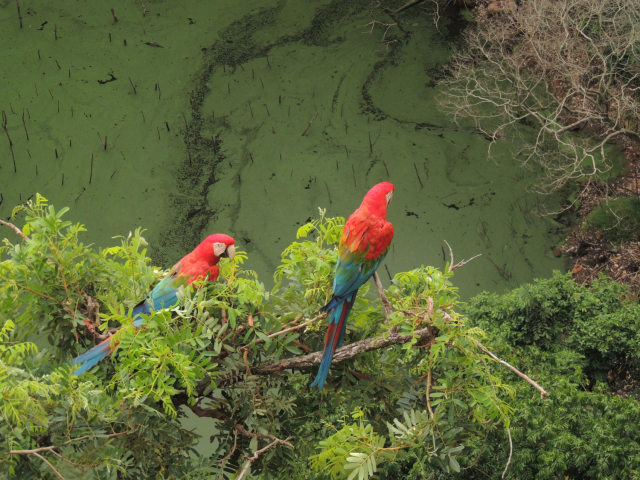Peru is a country of astonishing natural wealth, home to one of the most impressive biodiversity in the world. From the Amazon rainforest to the Andes Mountains, passing through the arid Pacific coast, the Peruvian territory is made up of diverse ecosystems that are home to a vast variety of animal and plant species. This South American country is among the 17 megadiverse countries on the planet, a distinction that highlights its enormous ecological importance on a global level.
In this article, we will explore the highlights of biodiversity in Peru, including its most important ecological regions, the most notable species that inhabit its territory, conservation challenges, and initiatives to protect its natural heritage.
Diversity of ecosystems in Peru.
One of the key factors that explains Peru's incredible biodiversity is the great variety of ecosystems it is home to. The country is divided into three main geographic regions: the coast, the mountains and the jungle, each of which has unique environmental characteristics.
The Coast.
Peru's coastal region is a desert strip that stretches along the Pacific Ocean. Although this area is arid, it is home to important wetlands and marine ecosystems, including the Humboldt Current ecosystem, one of the richest in the world in terms of fish production. Along the coast, in places like the Ballestas Islands and the Paracas National Reserve, you can find iconic species such as the Humboldt penguin, sea lions, dolphins, and a wide variety of seabirds.
The Sierra.
The Sierra is made up of the Andes mountain range, one of the longest mountain chains in the world, which crosses the country from north to south. Biodiversity in this region varies considerably with altitude. In the highlands, such as the punas and páramos, species adapted to low temperatures can be found, such as the vicuña, the guanaco and the Andean condor. In the inter-Andean valleys and in the lower areas, the vegetation is denser and more varied, with a large number of endemic plants.
The Jungle.
The Amazon rainforest, known as the Peruvian Amazon, covers about 60% of the national territory and is one of the most biodiverse areas in the world. This vast rainforest is home to thousands of species of flora and fauna, many of which have not yet been discovered by science. In protected areas such as the Manu National Park and the Pacaya Samiria National Reserve, it is possible to find an incredible variety of animals, including jaguars, monkeys, pink river dolphins, caimans, and a dazzling number of birds, insects and medicinal plants.
Most notable species of Peru.
Peru is home to a vast number of animal and plant species, many of them endemic or endangered. Below we highlight some of the most representative species in the country:
The Jaguar (Panthera onca).
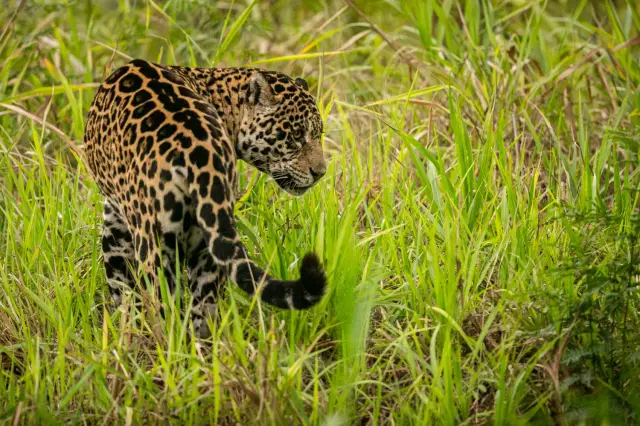
The jaguar is the largest feline in the Americas and one of the most emblematic species of the Peruvian Amazon. Although it is an endangered species due to habitat loss and poaching, the jaguar remains a symbol of power and majesty in Peruvian culture. These solitary predators play a crucial role in the food chain, helping to maintain the balance of Amazonian ecosystems.
The Andean Condor (Vultur gryphus).
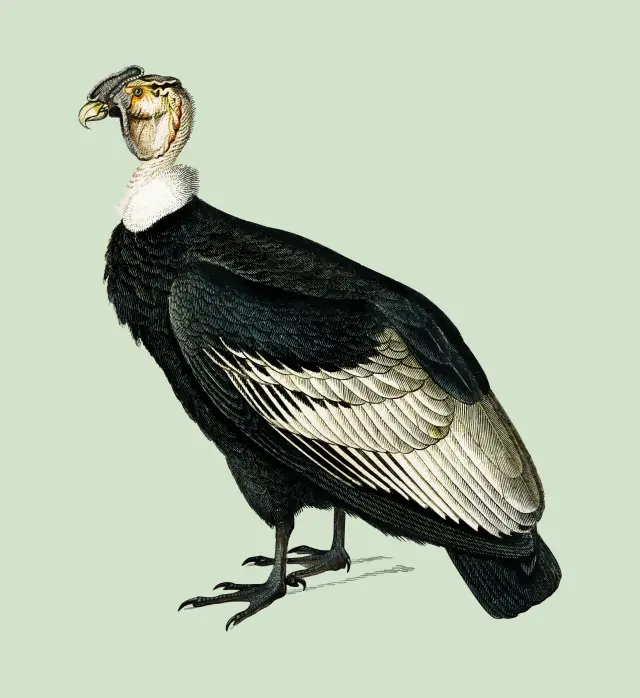
The Andean condor is one of the largest flying birds in the world, with a wingspan of up to 3 meters. This majestic animal is revered in Andean culture, where it is associated with the sky and the spiritual. However, its population has declined dramatically due to habitat loss and hunting, leading to various conservation initiatives.
Amazon pink dolphin (Inia geoffrensis).
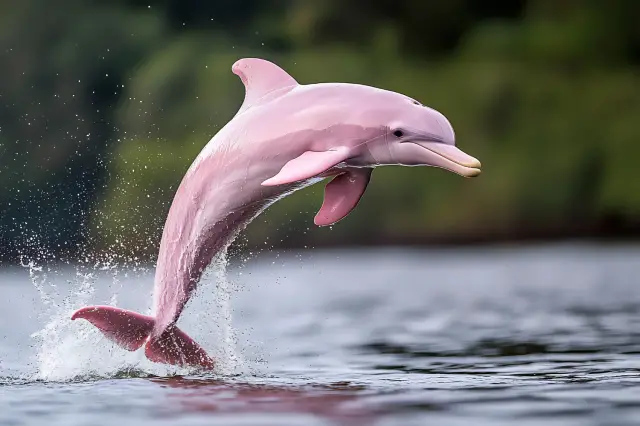
The pink dolphin, also known as the bufeo, is one of the most fascinating creatures in the Amazon basin. This freshwater cetacean has a unique pink coloration and is found primarily in the rivers and lagoons of the Peruvian Amazon. Like many Amazonian species, it faces threats due to pollution and habitat degradation.
The Vicuña (Vicugna vicugna).
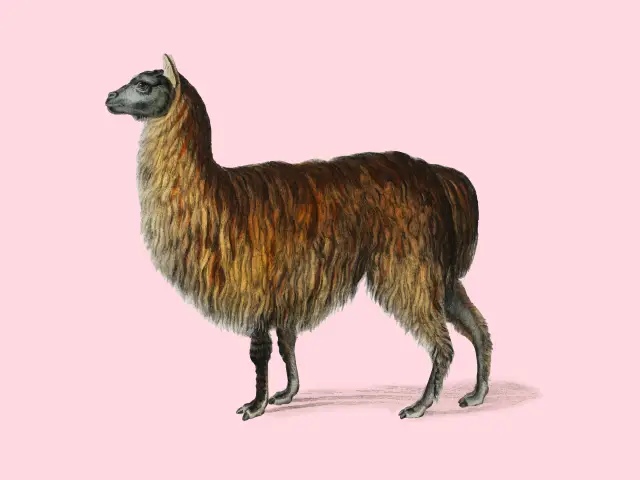
The vicuña is one of the most characteristic animals of the Peruvian highlands. This camelid is known for its fine wool, which is considered one of the most valuable in the world. For years, the vicuña was hunted almost to extinction, but thanks to conservation efforts, its populations have begun to recover.
Diversity of Flora.
Peru is not only diverse in fauna, but also in flora. The Peruvian Amazon is home to more than 20,000 species of plants, many of which are used by local communities for their medicinal properties. The cinchona tree, for example, is famous for being the source of quinine, a drug used to treat malaria.
Conservation challenges in Peru.
Despite its enormous biodiversity, Peru faces a number of significant challenges in terms of conserving its ecosystems and species. One of the main problems is deforestation, which mainly affects the Amazon region. The expansion of agriculture, illegal mining and unregulated logging have led to the loss of large tracts of forest, putting many species at risk and destroying vital habitats.
Another significant problem is poaching, which affects species such as the jaguar, the Andean condor and vicuñas. Despite conservation efforts, illegal hunting remains a considerable threat, especially in the more remote areas of the country.
Finally, pollution, both of rivers and soil, also represents a major challenge. The indiscriminate use of pesticides, the dumping of industrial waste and illegal mining have contaminated important bodies of water in the Amazon and other regions of the country, affecting not only the fauna and flora, but also the local communities that depend on these natural resources.
Conservation efforts in Peru.
Fortunately, significant conservation efforts have been implemented in Peru in recent decades. The country has created a system of protected areas that covers approximately 15% of its territory, including national parks, reserves and sanctuaries. These protected areas are essential for the preservation of biodiversity and provide refuge for many endangered species.
In addition, indigenous communities in the Amazon have played a crucial role in ecosystem conservation. These communities have a deep knowledge of the forest and its resources, and many of them are actively involved in conservation projects that promote the sustainable use of land and natural resources.
Non-governmental organisations and local governments are also working on initiatives to restore degraded ecosystems, combat poaching and raise public awareness about the importance of biodiversity.
Peru's biodiversity is an invaluable resource both nationally and globally. The vast variety of ecosystems and species found in the country are a reflection of its ecological and cultural complexity. However, this natural wealth faces significant conservation challenges. Protecting these ecosystems and the species that inhabit them requires a joint effort between local communities, the government, international organizations and society at large.
If Peru manages to preserve its biodiversity, it will not only be guaranteeing the survival of many species, but also maintaining a vital balance for the planet and ensuring a sustainable future for future generations.
